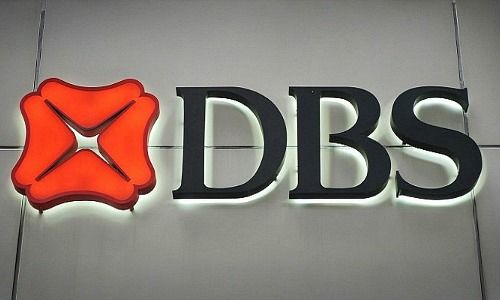DBS Full-Year Net Profit Rises Almost One Third
Despite heightened economic uncertainty and financial market volatility in the second half of 2018, DBS bank maintained its business momentum over the course of the year.
Singapore-based DBS Group achieved another record performance in 2018 as net profit rose 28 percent to S$5.63 billion, according to a media release on Monday. DBS CEO Piyush Gupta said: «We achieved financial results befitting our fiftieth anniversary.»
Return on equity of 12.1 percent was near the historical high of 2007, when interest rates were twice the levels today and capital requirements less stringent.
The structural improvements DBS has made to the profitability of its franchise – a shift towards higher-returns businesses, deeper customer relationships and more nimble execution – put the bank in good stead to navigate the challenges of the coming year, according to further information.
Weaker Treasury Markets Income
The Board proposed a final dividend of 60 cents per share for approval at the forthcoming annual general meeting. This will bring the payout to S$1.20 per share for the full year. In 2017 the dividend was S$0.93 plus a special dividend of S$0.50.
Total income increased 11 percent to S$13.2 billion from loan and fee income growth as well as a higher net interest margin, which were partially offset by weaker Treasury Markets income.
Highest Return on Equity in More Than a Decade
Return on equity rose more than two percentage points to 12.1 percent, the highest in more than a decade, attesting to the improved structural profitability of the DBS franchise as interest rates and allowances reached more normalised levels.
By business unit, Consumer Banking/Wealth Management (CBG/WM) income rose 21 percent to S$5.65 billion from increases in all product categories led by deposits, cards and bancassurance. Institutional Banking (IBG) income grew 9 percent to S$5.76 billion from higher cash management income. Treasury Markets income declined 21 percent to S$672 million due to unfavourable market conditions.
Higher Expenses
Expenses rose 13 percent to S$5.80 billion. ANZ accounted for five percentage points of the increase. The underlying cost-income ratio excluding Treasury Markets and ANZ was maintained. Profit before allowances increased 9 percent to S$7.39 billion.
More to follow



























